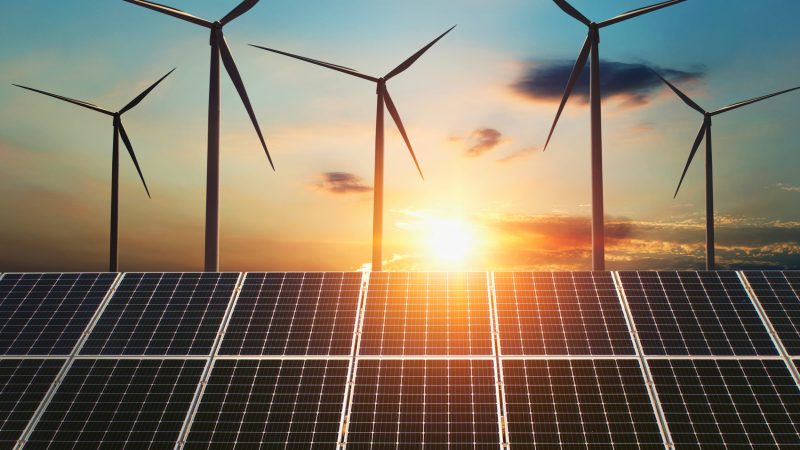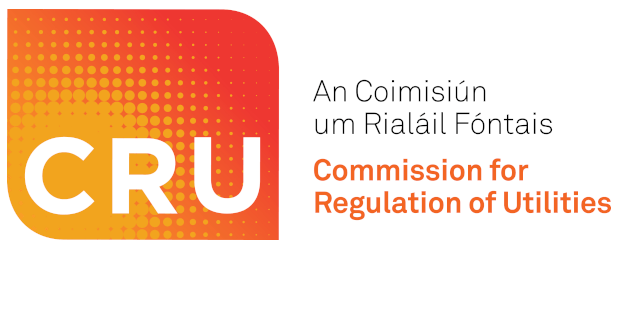Highlights
- Energy Related CO2 emissions 11.5% lower in 2020
- Most significant emissions reduction since 2009 recession and is largely due to COVID-19 impacts
- Total energy consumption down by almost 9%, largely due to reductions in transport use
Energy related CO2 emissions fell by 11.5% (4.3 million tonnes) in 2020, which is the most significant annual reduction since the height of the economic recession in 2009. The primary driver of this reduction was lower consumption of oil products for transport, which is mainly attributable to the change in national and international travel patterns due to public health measures.
“The 2020 Energy Balance confirms that we achieved our EU transport target and came very close on the national renewable electricity target. It also confirms that we have not reached our overall 2020 renewable energy target, and that we achieved just half of our renewable heating and cooling target. Now more than ever, it is essential that we accelerate the deployment of energy efficiency and renewable energy technologies, and increase sustainable energy practices across all sectors”, said William Walsh, SEAI CEO.
The Government’s upcoming Climate Action Plan revision will set a new level of ambition to take fossil fuels out of our energy system. It will include an enhanced suite of actions to achieve targets contained within the Climate Action and Low Carbon Development (Amendment) Act 2021. These actions will ensure we stay within our carbon budgets and achieve our targets of 51% emissions reduction by 2030 and net-zero emissions by 2050.
Walsh concluded:
“The data released today illustrates the effect of COVID-19 behaviours on our energy use and indicates the level of impact achievable when there is mass, collective and cohesive action. It is abundantly clear that dramatic change is needed if we want to meet the climate challenge. Business as usual simply won’t do. Nothing short of a societal movement to ultimately end the use of fossil fuels is now required. We must start that today and all act together where we can, with the support of Government, to get us on track with these ambitious targets.”
While 2020 saw reductions in overall energy use, particularly in the transport sector, provisional data for 2021 suggests that both road diesel and petrol use, and their related CO2 emissions, have returned to close to pre-pandemic levels following the easing of restrictions.
2020 Energy Balance – Key Facts and Figures
Changes in Energy Use and Supply
- Total energy consumption fell by 8.8% against a backdrop of a 5.4% contraction of the economy.
- Total transport energy use was down by over a quarter (26%).
- National energy use makes up just under 60% of Ireland’s total greenhouse gas emissions
- Oil-product use decreased by 16.5% – the largest annual reduction observed to date.
- The single largest reduction in oil-product use was the two-thirds drop in jet kerosene use for international aviation (64.3%).
- Consumption of road diesel and petrol were down 13.6% and 25.9%, respectively.
- Peat use fell by a third, mainly due to a halving of peat for electricity generation.
- The CO2 intensity of electricity improved by 8.1%, due to more renewable generation and less use of peat.
Reductions in Energy-related CO2 Emissions
- When international aviation is included, energy related CO2 emissions fell by 11.5%. (4.3 million tonnes of CO2)
- Almost half of the observed CO2 reductions are due to the drop in international aviation.
- Energy related CO2 emissions excluding international aviation decreased by 6.35% (2.2 million tonnes).
- The reduction in oil-product use lowered CO2 emissions by 3.6 million tonnes, with almost all these savings being made in the transport sector.
- Reductions in road diesel and petrol use lowered road-related CO2 emissions by 2 million tonnes.
- Reductions in peat use saved 1 million tonnes in peat-related CO2 emissions.
Improvements in Renewable Energy
- Energy from renewable sources grew by over 8% in 2020.
- 42% of all electricity generated in 2020 came from renewable sources, mainly wind energy.1
- Ireland reached an overall share of 13.6% renewable energy, against a 2020 EU-RES target of 16%.
- Ireland succeeded against its EU 2020 renewable energy target for transport (10.2% vs. 10%), and just missed its renewable energy target for electricity2 (39.1% vs. 40%).
- Ireland achieved just half its 2020 renewable energy target for heating and cooling (6.3% vs. 12%).
[1] The normalisation calculation as prescribed in Annex II of the Renewable Energy Directive (2009/28/EC) applies to electricity generated from hydropower and wind power and is designed to even out the effects of weather variation.
Note: SEAI also published two short companion documents to the National Energy Balance, providing further details on renewable energy and energy related CO2 emissions. These can be found at www.seai.ie/NationalEnergyBalance.



